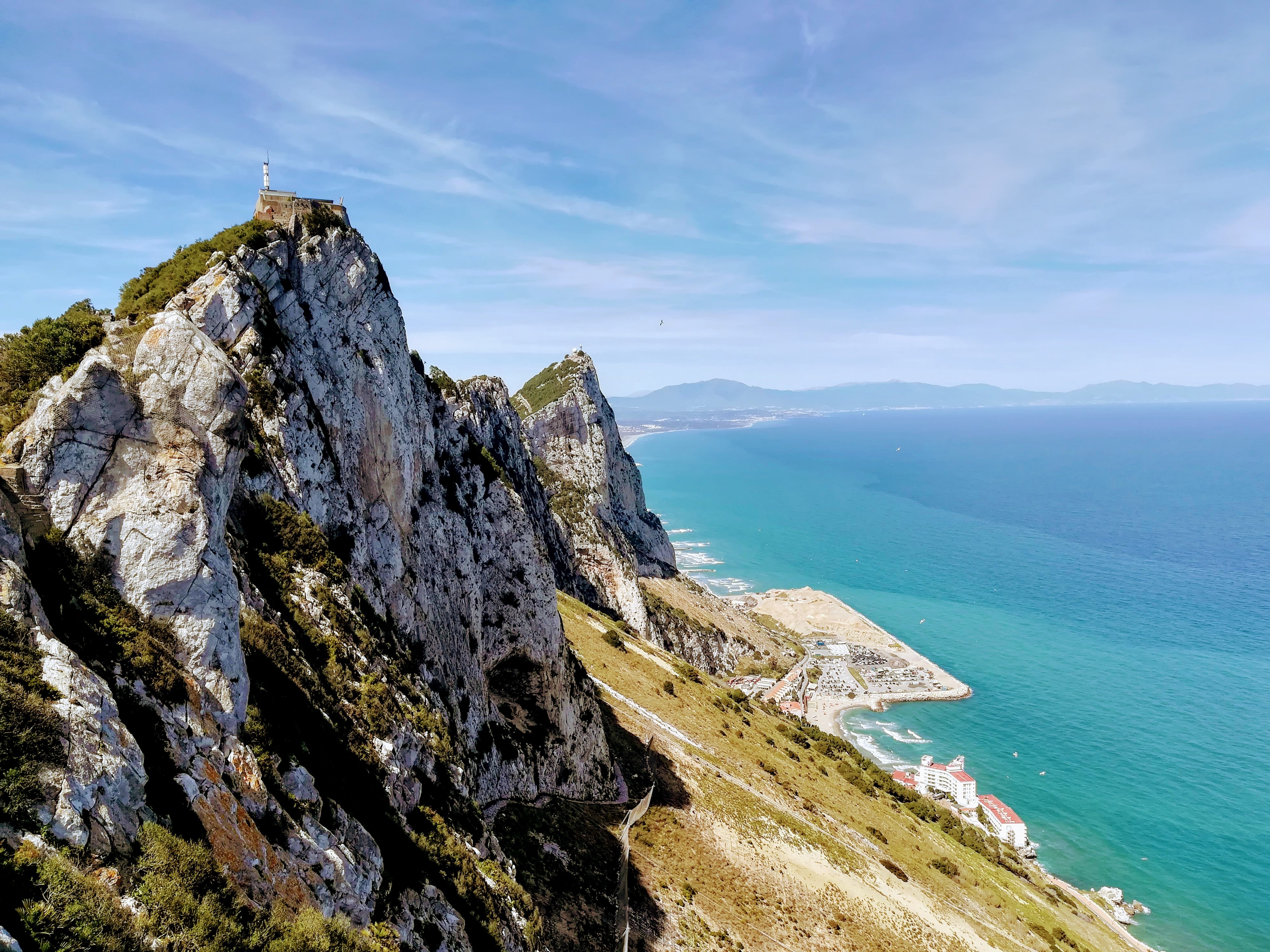Steps Brits living in Spain should take to prepare for Brexit
This article explains the necessary necessary steps Brits living in Spain should take to prepare for Brexit and walks you through the required paperwork.
Current agreements between Spain and the UK
On March 1st, the Spanish Government published the Royal Decree Law 5/2019. It outlines contingency measures that would apply in the event of a no-deal Brexit. It addresses the future residence rights, and rights to work, of UK nationals, and their family members, currently residing in Spain. Importantly, it provides for their access to healthcare and social security.
Please note: this decree is only valid for two months after a no-deal Brexit if the United Kingdom does not reciprocate. At present, reciprocation has already been agreed on healthcare and residency for EU nationals currently in the UK.
What constitutes a family member?
The definition of “family members” is broad and generally includes those living with you. This decree confirms that those “lawfully resident” in Spain (generally those here for at least three months) should ideally be accredited before the withdrawal date but alternative evidence may be accepted afterwards. For those that have lived in Spain for five years or more, Article 5 of the Royal Decree Law 5/2019 allows a similar process to apply for a long-term residence permit.
Gibraltar
Despite what ones seen in the press, the above rights equally apply to UK nationals in Gibraltar.

Information in this article also pertains to Brits living in Gibraltar
Basic steps to take to prepare for Brexit
Obtain a NIE
If you haven’t done so already, you must obtain a Spanish NIE (Número de Identificación Fiscal de Extranjeros). A NIE never expires.
Not to be confused with a TIE (Tarjeta de Identificación, or residency card), a NIE is your tax number. It is legally required for anyone living in Spain, or doing business in Spain. For example, if you buy a rental property in Spain but do not reside in the country, you still need to get a NIE. CLICK HERE to learn how to get one.
NIE vs. TIE: There is a lot of confusion about the difference between a NIE and a TIE. This is compounded by the fact that most people in Spain ask for your NIE when they want to see your residency card. When people from outside the EU apply for Spanish residency, they are issued a NIE as part of the process. They are then given a residency card with their NIE on it. After Brexit, British citizens will need to get a Spanish TIE before December 31, 2020. It is important to note that post-Brexit, to maintain your TIE you will have to be resident in Spain at least 183 days a year.
Obtain your Certificado de Registro de Ciudadano de la Unión
Again, you must make an appointment to do this. The Spanish Government has created appointments specifically for UK citizens. You will have to bring your completed application and proof you paid the appropriate tax. CLICK HERE to learn how to obtain your Certificado de Registro de Ciudadano de la Unión.
Register on the Padrón
A certificado de empadronamiento (Padrón for short) is a piece of paper that says you have registered with the Spanish census, called the Padrón Municipal de Habitantes. This certificate is often called the Padrón, for short. The thing that many expats find confusing, aside from its name, is that it is conducted on an ongoing basis instead of every ten years, like the UK census.
Similar to the UK census, the information is used to track demographic data and help the government allocate public resources across different cities and regions in Spain. You will need it to access the Spanish healthcare system. To register on the Padrón, you will need to provide proof of address. If you own your property, bring your escritura. Renters can bring a copy of their lease. You can also bring a recent utility bill. You will also need to fill out an application and bring your passport or TIE. CLICK HERE to learn how to get your certificado de empadronamiento.
Exchange your driver’s license for a Spanish one
You must exchange your UK driver’s license for a Spanish one. To prepare for Brexit, this blog highly recommends you obtain a Spanish one now, even if you do not own a car and drive very little. If you wait until after Brexit and decide you need a Spanish license, you will have to take the Spanish written test and driving test. This is one of the most corrupt things in Spain, and they are notorious for failing foreigners multiple times to benefit from the potential revenue stream. You are also required to pay for driving lessons before you can take the written test, even if you have been driving for 25+ years.
To exchange your driver’s license, you first need to make an appointment at the DGT. It can take a long time to make an appointment, so keep checking the website even if it says no appointments are available as eventually one will open up.
When you come to your appointment, you must bring your completed application form, proof that you have taken the Spanish medical test, your passport, a photo and proof you have paid the appropriate fee. CLICK HERE to learn how to exchange your license for a Spanish one.
Sort your healthcare
To prepare for Brexit, the Spanish Government has taken steps to ensure that resident UK nationals and UK tourists visiting Spain will be able to access healthcare after Brexit until at least 31 December 2020. This is the case whether The UK leaves the EU with or without a deal.
There are different requirements/procedures to access Spanish healthcare. These depend upon your working status. CLICK HERE to learn more about how to apply for Spanish healthcare.
What are the tax implications?
The double-taxation agreement between Spain and the United Kingdom will not change, regardless of Brexit. This will ensure you only pay tax on your income in one country.
Residents in Spain who have assets outside of Spain worth 50,000€ or more (or alternative currency equivalent) are required to submit this declaration form to the Spanish authorities. This declaration can be made online, through the Tax Office’s web page. Here you can find the Modelo 720 form (type in Modelo 720 into the search block on the top right-hand side of the page). It must be filed between January 1st and March 31st of your first year of residence. This is a legal requirement and carries significant penalties if you do not fully comply.
Is Spanish citizenship an option?
Yes, it is if you have lived in Spain more than ten years. However, Spanish law requires you to relinquish your UK citizenship to do so. Only those whose relatives had Spanish origins are exempt from this.
What if I want to move to Spain post-Brexit?
If you move to Spain post Brexit, you will have to apply for a Spanish residence permit like non-EU citizens. The easiest way to do this is to buy property in Spain. If you purchase property with a value of 500,000€ or more, you are automatically eligible for a Golden Visa. Spain’s Golden Visa program is the best in Europe.

Conclusion
If you currently reside in Spain, the most important thing to do to prepare for Brexit is to get your paperwork in order. Appointments can be hard to get so our recommendation is to use the above links to make all of your appointments now, then you can start assembling the necessary paperwork. Since the situation is so fluid, it is also important to stay abreast of the news. You can CLICK HERE to receive Brexit related updates from the UK Government via email. You can also attend one of the Citizen Outreach Meetings held by the British Embassy and Consulates.
Has Brexit made you want to leave the UK and reside in Europe? If so, you are not alone. There has recently been a large influx of Brits in Spain. If you want to learn more about how to obtain a Golden Visa through property purchase, which will allow you to live and work in the EU, book a FREE CONSULTATION TODAY.
Posted on 2 October, 2019 by Admin in Living in Madrid, New? Start Here






[…] due to Brexit, as there are tens of thousands of expat Brits in Madrid that are scrabbling to get their paperwork in order for Brexit. You need a NIE to purchase property, so we recommend making an appointment ASAP so you can get one […]